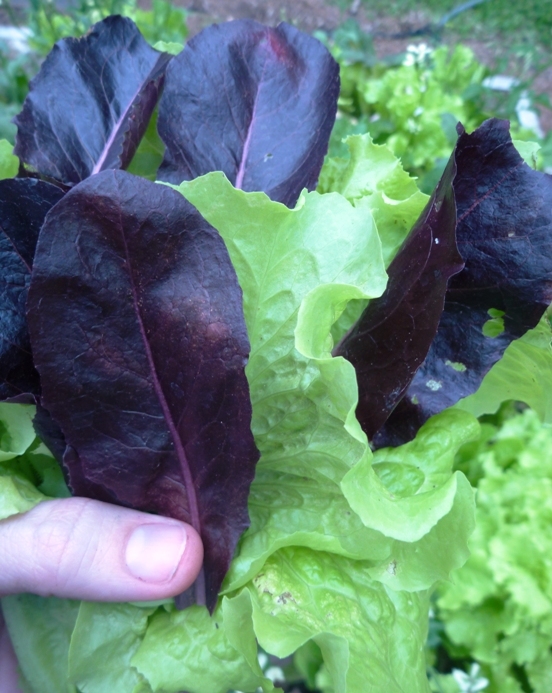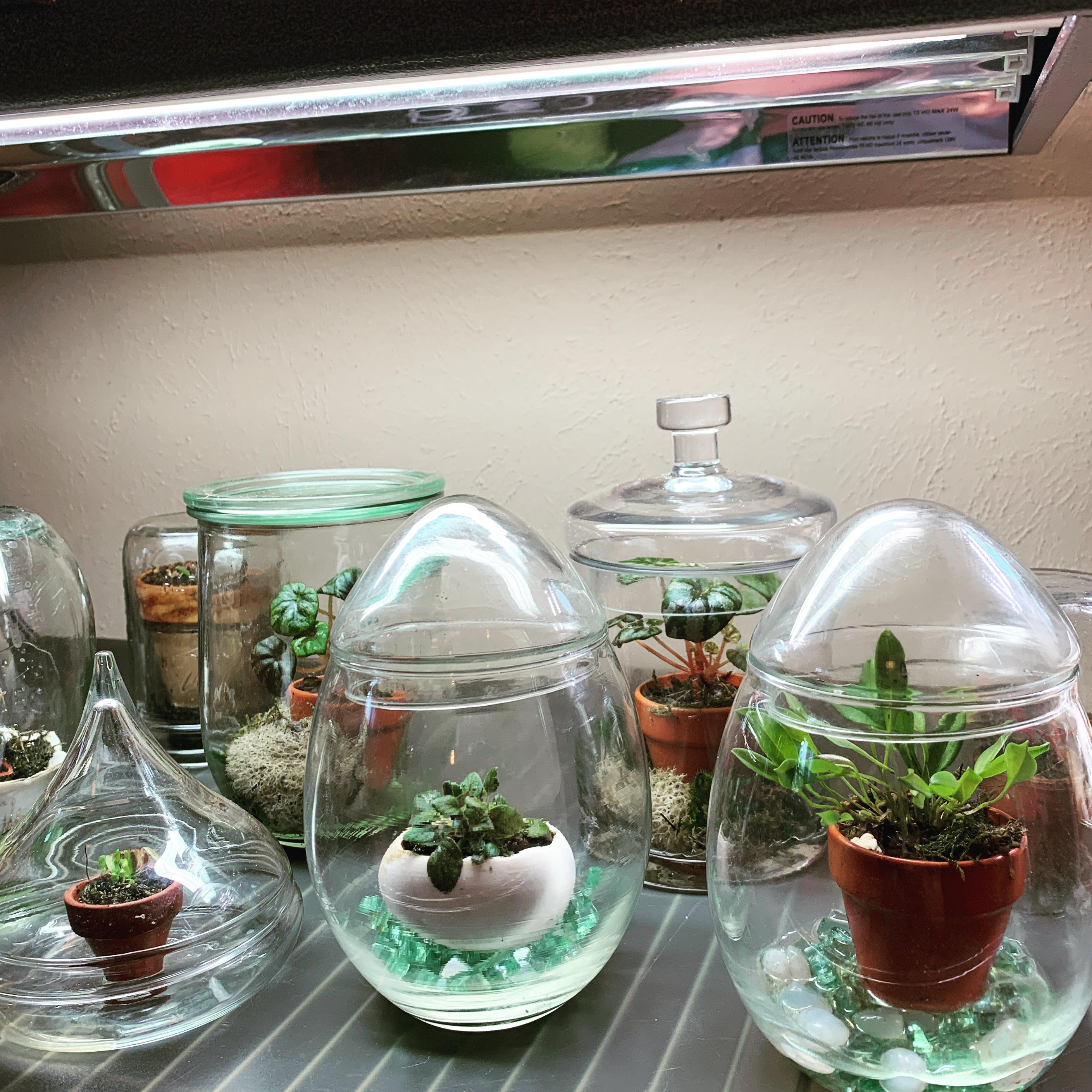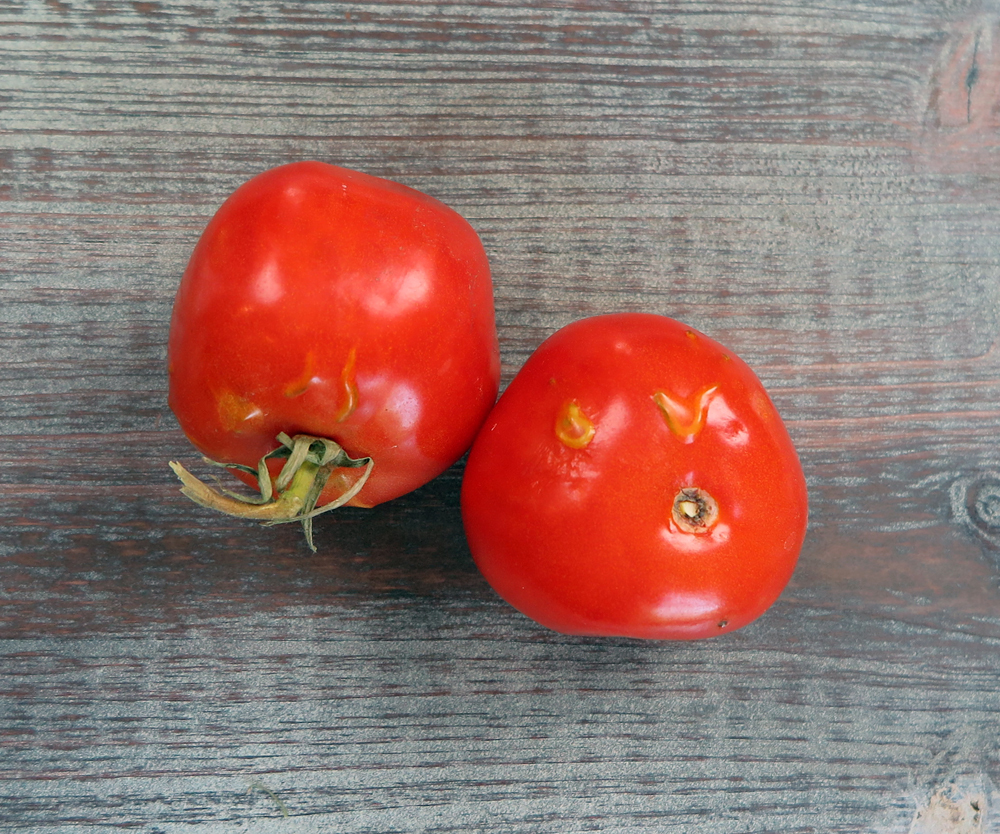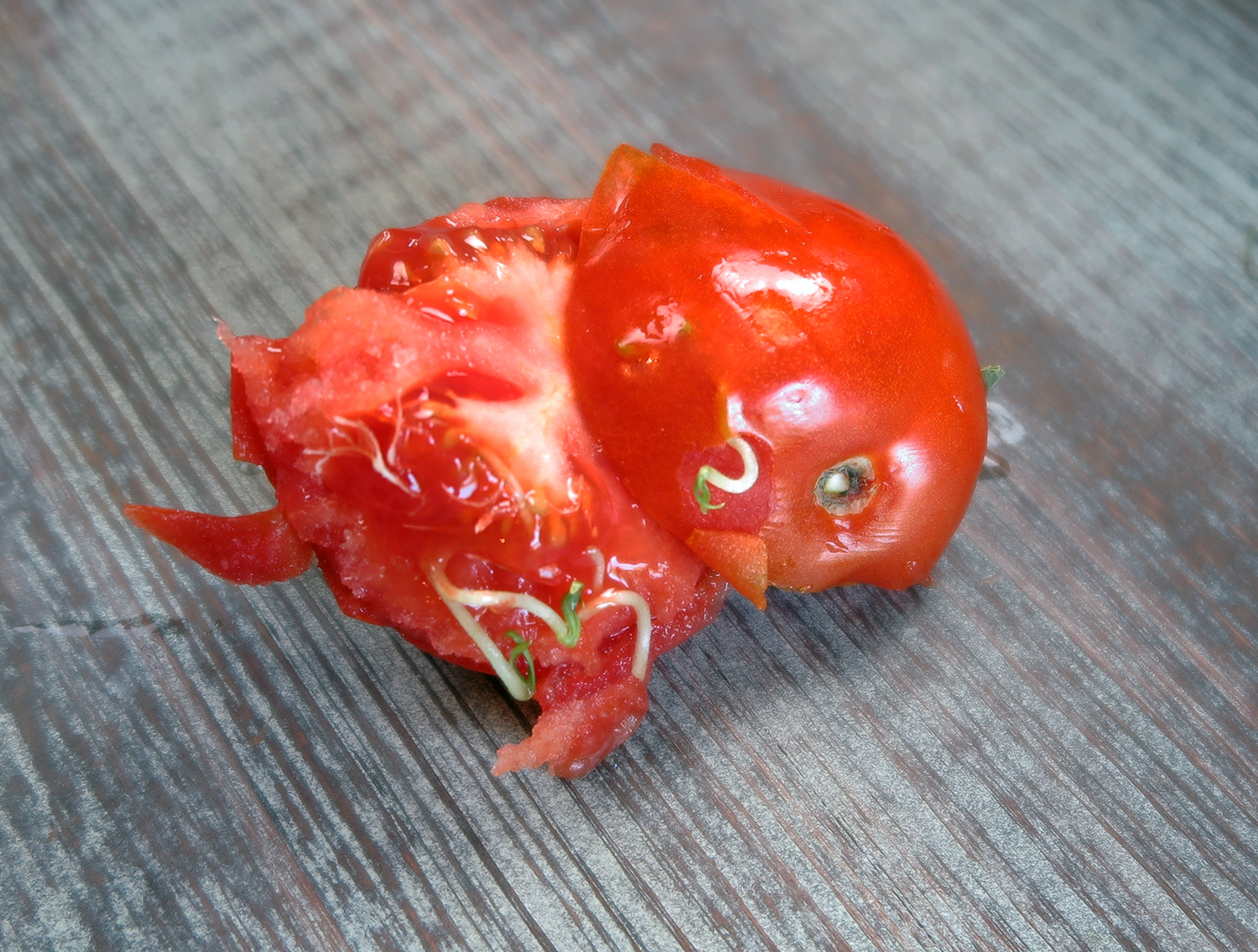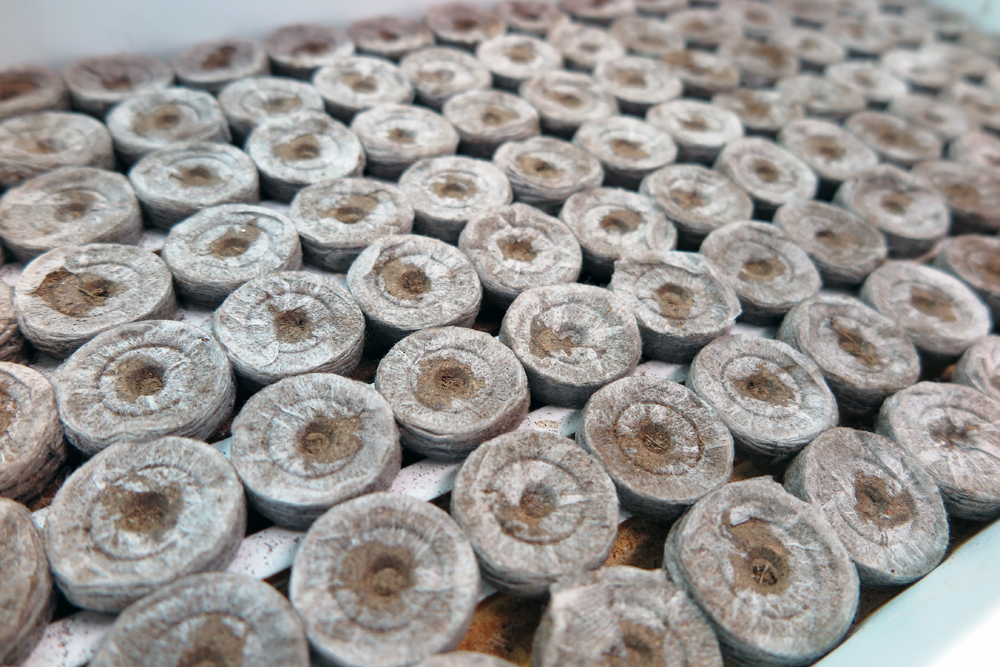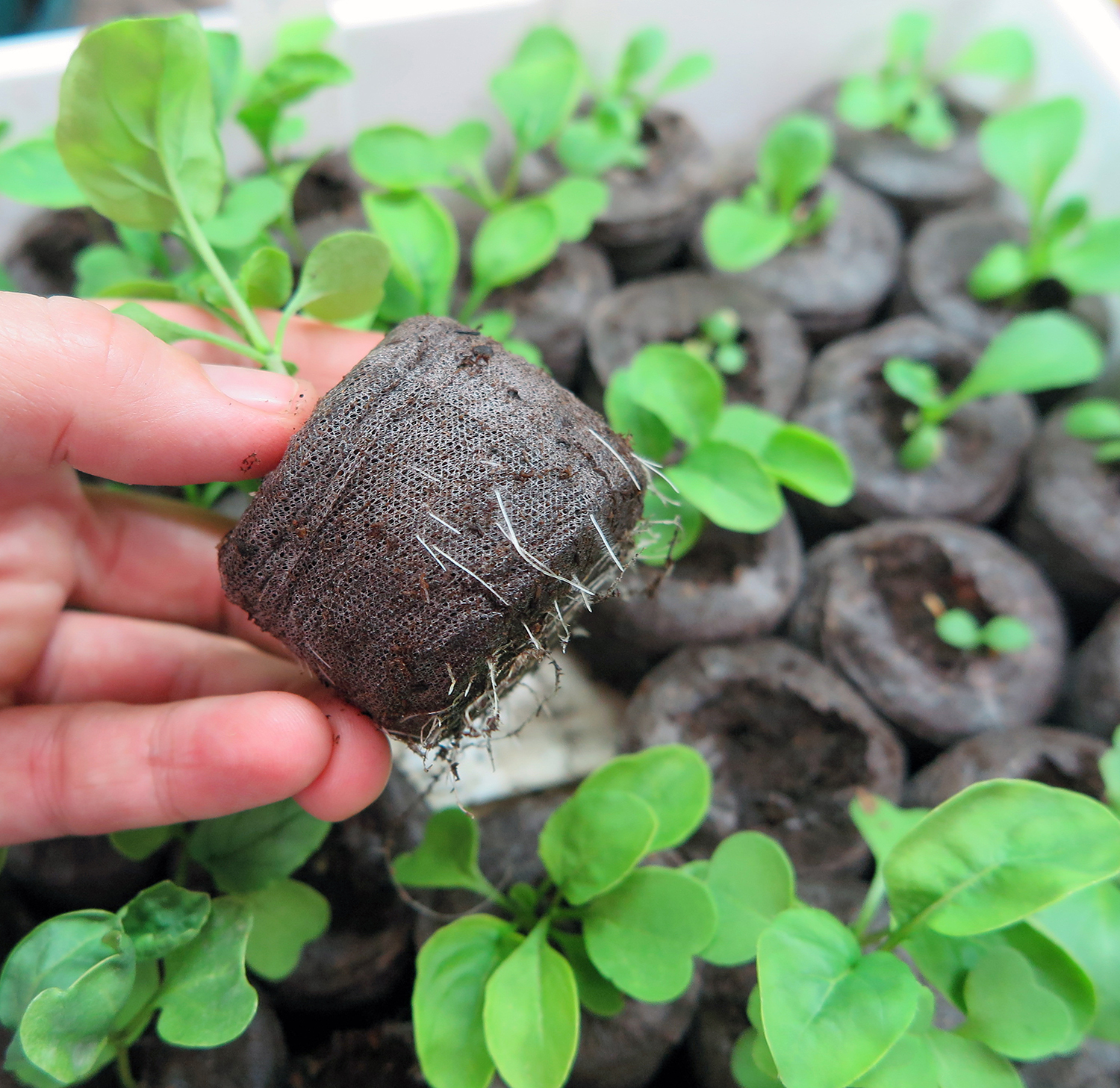Don't Wait Too Late to Plant Tomatoes in Texas
April 19, 2021
Tomato Planting Times in Texas
You Probably Waited too Long...
UPDATED 3/6/2025
Waiting for just the right time to plant tomatoes in Texas?
This time of year (March-April), there are lots of posts going online around telling you to wait to plant your tomatoes. You'll be told you can't plant tomatoes until the soil is warm enough, or until you're well past your last freeze date. Welp, that advice doesn't translate here in Texas, and other like climates. Remember, GARDENING IS LOCAL! In fact, it's often zip code local. Timing that works in Michigan or North Carolina, or Canada, doesn’t always work for Texas or similar Southern gardens. ESPECIALLY TOMATOES. Many of the gardening evangelists you follow online may not live anywhere near your particular gardening climate. So you need to take their advice with a grain of salt and make sure to observe your own climate and prime planting dates.
Texas is big, so there are also different planting schedules as you move south through the state. The further south you move, the earlier you can plant. Where I am in Dallas - North Texas - the best time to plant 4” tomato transplants was early to mid-March. Like NOW!

Tomato 'Celebrity'
PC: Leslie F. Halleck
A long-time tomato grower, I typically hedge my bets and plant the third week of February, and never later than March 10th. I just keep frost cloth on hand. If it looks like particularly hard freezes are coming in February, I will wait until early March to plant.
When I ran an independent retail garden center, I never left 4” tomatoes out for sale on the tables past April 1st. NEVER. Why you ask? Even if the weather is cool late, that doesn’t delay the onset of extreme summer heat. While tomatoes are tropical plants, they don’t produce fruit well in extreme heat, specifically a hot day/night average temperature. They’ll go into heat delay. They might continue making flowers, but don’t set fruit. The earlier you can manage to plant your tomato transplants, the better; with enough time to mature and set fruit before it gets too hot.
Cherry tomato types are a bit more heat tolerant, so you can often get away with planting them a little later. There are also some heat tolerate slicing varieties. However most are still more susceptible to heat delay. If you want until we are "safely" past our last frost date, or wait into April to plant 4” tomato transplants, just to be on the "safe side", I must warn you to modify your harvest expectations.
Once you've passed our ideal planting cut off of mid-March, start looking for larger 6”-2-gal plants. The later it gets in the spring tomato season here, the larger the plant you should buy. Or go for some patio type tomatoes already potted up into larger containers.
In Texas we have TWO tomato planting seasons. If you missed ideal spring planting window, you can try again with a summer planting, typically July 4th for fall harvest. Summer planted tomatoes can benefit from a bit of shading (using floating row cover or lightweight shade cloth) for a few weeks until they become acclimated to the heat.

